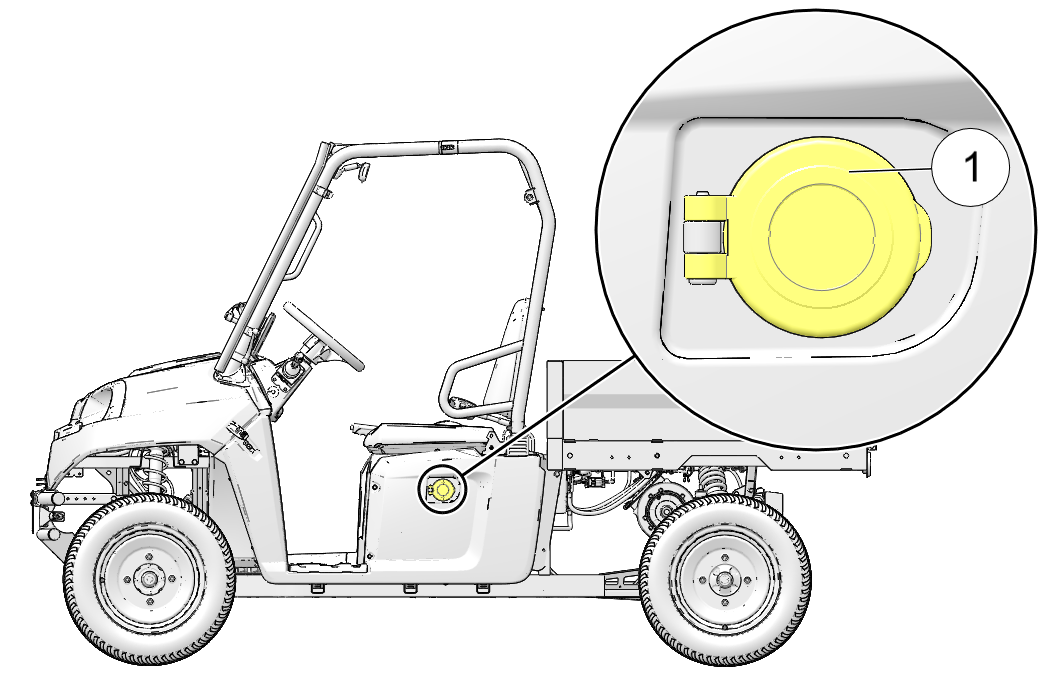
Content Source: 2020 GEM em1400 LSV Owner’s Manual (9931124-EN R01) > Features and Controls Chapter
| IMPORTANT |
|
The Owner's Manual for this vehicle contains warnings, instructions and other information you must read and fully understand before safely riding or performing maintenance on this vehicle.Always follow the warnings and instructions in Owner's Manual. Click the CONTENTS link above for the Table Of Contents, or download a full PDF of the Owner Manual in the Owner Support area of Polaris.com |
|
# of Charge Cycles: |
New |
15 |
30 |
45 |
|---|---|---|---|---|
|
Percent of Full Capacity: |
80% |
90% |
95% |
100% |
|
Percent Charged: |
100% |
50% |
0% |
|---|---|---|---|
|
Approximate Freezing Point: |
-60 °F (-51 °C) |
0 °F (-18 °C) |
25 °F (-4 °C) |
Open the hood and any door enclosures or zippers. This will decrease charger temperature, which allows it to operate more efficiently, and shorten charge times. See Battery Charging for charging procedures. The battery charge receptacle is located on the left side panel below the driver’s seat.

|
Length |
< 25 ft (7.5 m) |
< 50 ft (15 m) |
< 100 ft (30 m) |
|
Gauge: |
14 AWG (1.5mm2) |
12 AWG (2.5mm2) |
10 AWG (6.0mm2) |
© Copyright Polaris Inc. All rights reserved.